SOUTH AFRICA
SOUTH AFRICA
SOUTH AFRICA
A world in one country!
A world in one country!
A world in one country!
South Africa, Mzansi, Suid Afrika, the Rainbow Nation... This colourful African nation at the southern-most tip of the continent has many names and offers a veritable world in one country, from fascinating cultures and a rich, varied history to dramatic landscapes, amazing people and incredible wildlife.
Diversity is South Africa's middle name and it's something that you'll find no matter where you travel in this wonderful country, From the Cradle of Humankind, where some of the oldest remains of man's ancient ancestors have been found, to the spectacular Table Mountain towering over the Mother City of Cape Town and the colour and culture of Soweto, its largest township, there's a wealth of things to see and do.
South Africa, Mzansi, Suid Afrika, the Rainbow Nation... This colourful African nation at the southern-most tip of the continent has many names and offers a veritable world in one country, from fascinating cultures and a rich, varied history to dramatic landscapes, amazing people and incredible wildlife.
Diversity is South Africa's middle name and it's something that you'll find no matter where you travel in this wonderful country, From the Cradle of Humankind, where some of the oldest remains of man's ancient ancestors have been found, to the spectacular Table Mountain towering over the Mother City of Cape Town and the colour and culture of Soweto, its largest township, there's a wealth of things to see and do.
South Africa, Mzansi, Suid Afrika, the Rainbow Nation... This colourful African nation at the southern-most tip of the continent has many names and offers a veritable world in one country, from fascinating cultures and a rich, varied history to dramatic landscapes, amazing people and incredible wildlife.
Diversity is South Africa's middle name and it's something that you'll find no matter where you travel in this wonderful country, From the Cradle of Humankind, where some of the oldest remains of man's ancient ancestors have been found, to the spectacular Table Mountain towering over the Mother City of Cape Town and the colour and culture of Soweto, its largest township, there's a wealth of things to see and do.



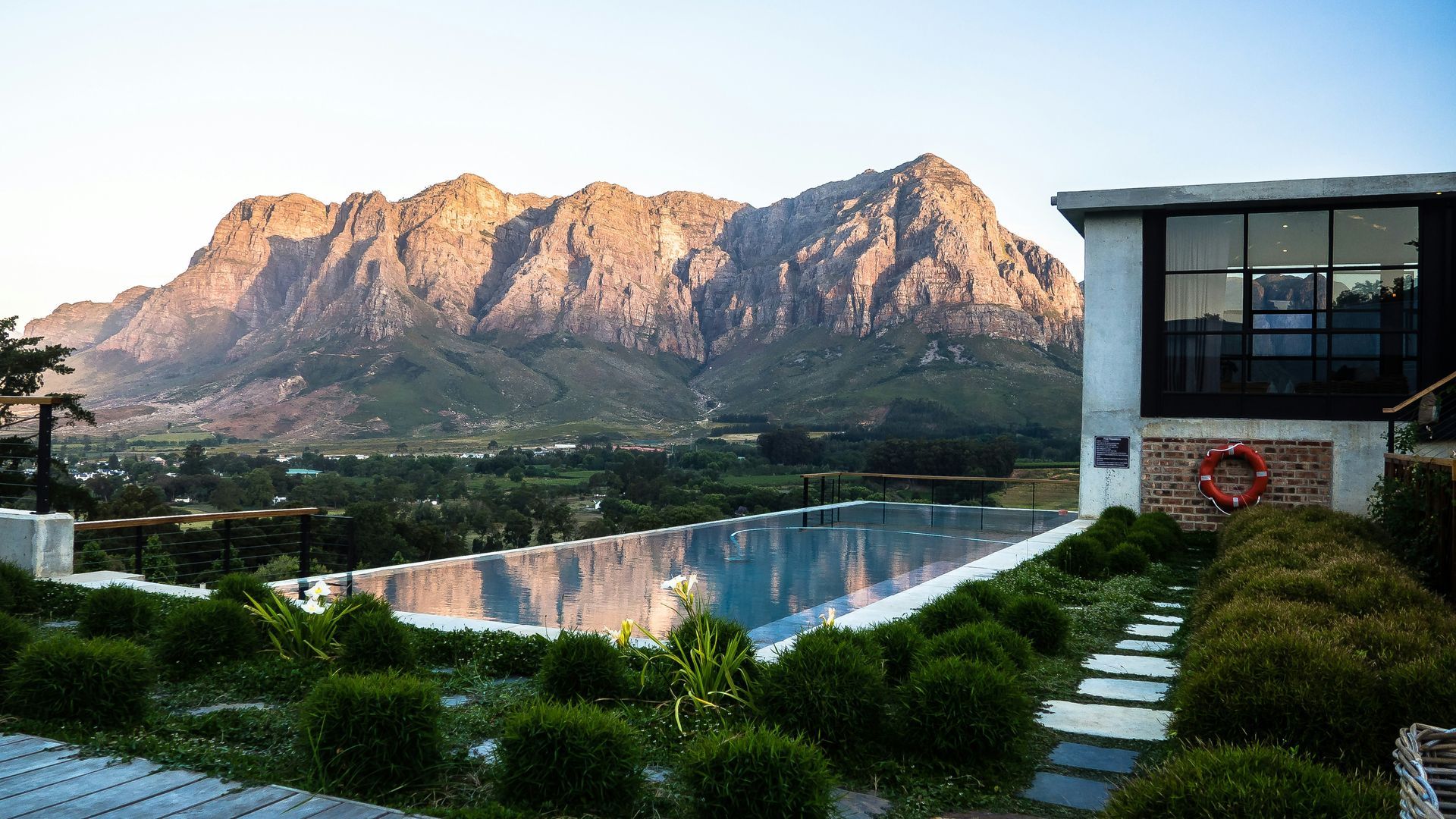
Slide title
Write your caption hereButton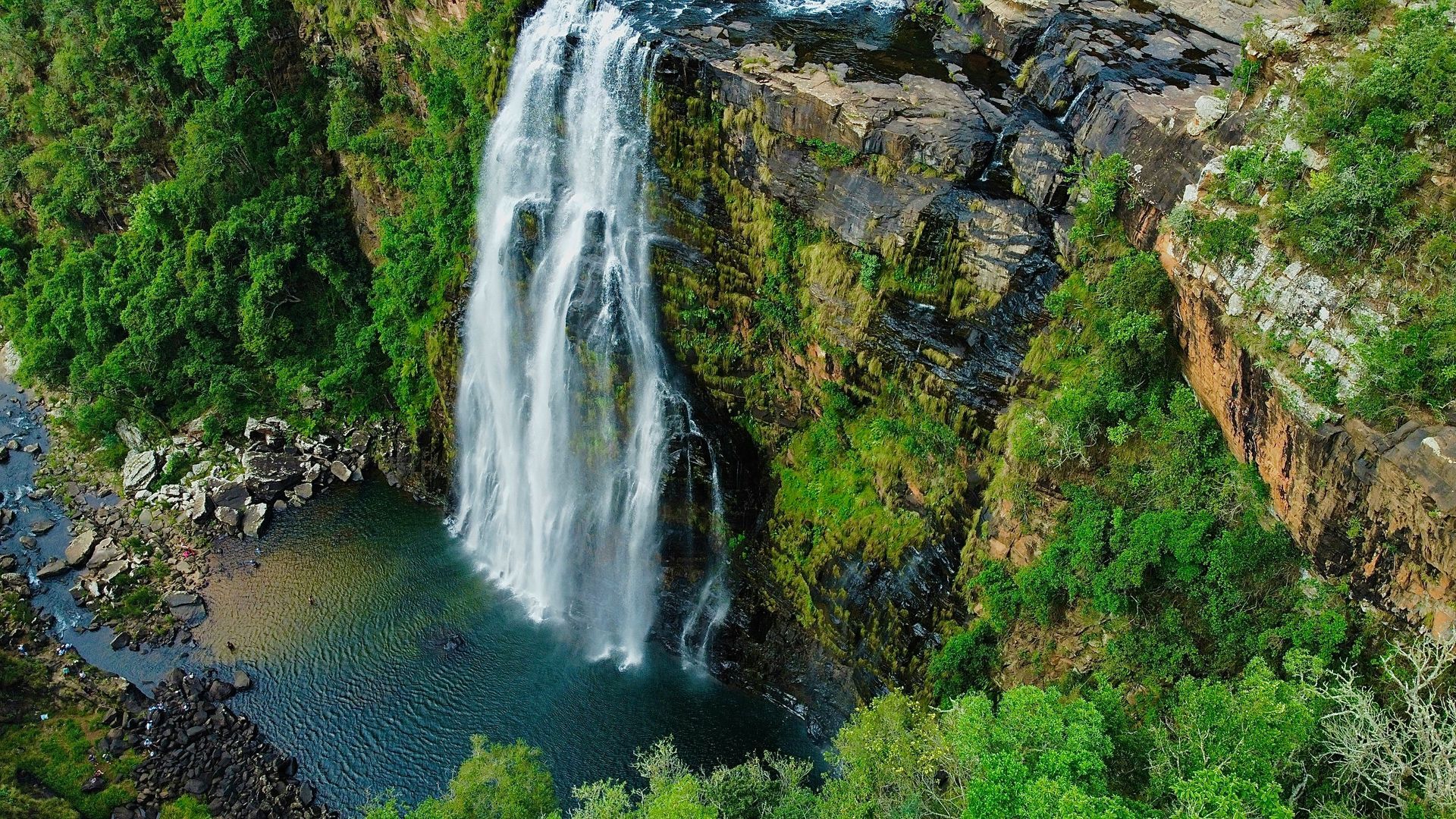
Slide title
Write your caption hereButton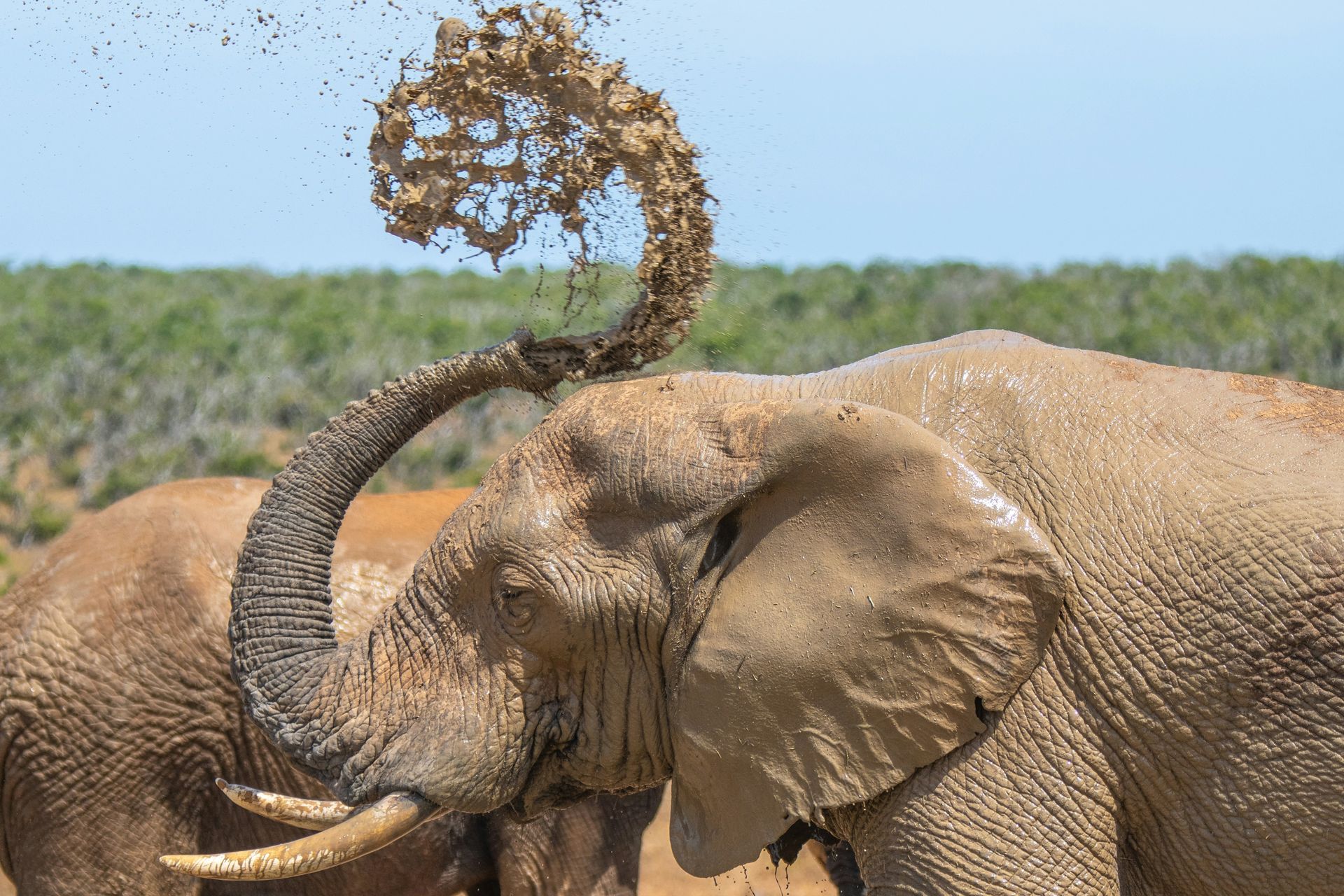
Slide title
Write your caption hereButton
About South Africa
South Africa's history dates back long before the arrival of the first Europeans in 1652. The first human inhabitants were the San people, Africa's First Nation people from whom modern humankind has descended. The powerful civilisations of Mapungubwe and Thulamela were thriving more than a thousand years ago and have given way to a vibrant, 21st century country with bustling cities, expansive, modern infrastructure and world-class facilities.
It's also renowned as one of the world's best adventure destinations, with more than 130 adventure activities on offer (and counting!) This means there's something for even the most discerning adrenaline junkie!
South Africa's natural beauty is beyond compare, from the breathtaking Blyde River Canyon - one of the world's largest green canyons - to the towering peaks of the Drakensberg and the vast wilderness of the magnificent Kruger National Park.
Don't miss out on the opportunity to explore this wonderful country.
Here are some of the top destinations in South Africa...

Slide title
Write your caption hereButton
Slide title
Write your caption hereButton
Slide title
Write your caption hereButton
About South Africa
South Africa's history dates back long before the arrival of the first Europeans in 1652. The first human inhabitants were the San people, Africa's First Nation people from whom modern humankind has descended. The powerful civilisations of Mapungubwe and Thulamela were thriving more than a thousand years ago and have given way to a vibrant, 21st century country with bustling cities, expansive, modern infrastructure and world-class facilities.
It's also renowned as one of the world's best adventure destinations, with more than 130 adventure activities on offer (and counting!) This means there's something for even the most discerning adrenaline junkie!
South Africa's natural beauty is beyond compare, from the breathtaking Blyde River Canyon - one of the world's largest green canyons - to the towering peaks of the Drakensberg and the vast wilderness of the magnificent Kruger National Park.
Don't miss out on the opportunity to explore this wonderful country.
Here are some of the top destinations in South Africa...

Slide title
Write your caption hereButton
Slide title
Write your caption hereButton
Slide title
Write your caption hereButton
About South Africa
South Africa's history dates back long before the arrival of the first Europeans in 1652. The first human inhabitants were the San people, Africa's First Nation people from whom modern humankind has descended. The powerful civilisations of Mapungubwe and Thulamela were thriving more than a thousand years ago and have given way to a vibrant, 21st century country with bustling cities, expansive, modern infrastructure and world-class facilities.
It's also renowned as one of the world's best adventure destinations, with more than 130 adventure activities on offer (and counting!) This means there's something for even the most discerning adrenaline junkie!
South Africa's natural beauty is beyond compare, from the breathtaking Blyde River Canyon - one of the world's largest green canyons - to the towering peaks of the Drakensberg and the vast wilderness of the magnificent Kruger National Park.
Don't miss out on the opportunity to explore this wonderful country.
Here are some of the top destinations in South Africa...
THE KRUGER NATIONAL PARK & GREATER KRUGER
An Africa legend, the world-renowned Kruger National Park is one of the oldest national parks in the world, having been proclaimed in May 1926. The history of what is now Kruger dates back millennia, with archaeological sites uncovered that show Homo erectus having lived and hunted in the area 500,000 years ago. Stone tools and artifacts dating back 300,000 years ago have also been found, showing both stone age and iron age settlement.
The Tsonga people settled the area permanently some 300 years ago, engaging in simple agriculture and the grazing of livestock. Colonial farmers arrived in the area around 170 years ago and with their arrival came a steady depletion of this game-rich area through hunting. By 1898 the situation had become so critical that President Paul Kruger proclaimed the 4,600 square kilometre Sabie Game Reserve, an area spanning the gap between the Sabie and Crocodile Rivers.
He then proclaimed a second reserve - the Shingwedzi Reserve, stretching between the Shingwedzi and Luvuvhu Rivers. These reserves formed the core of today's park, that covers some 20,000 square kilometres with one of the highest concentrations of wildlife in southern Africa.
Together with the various celebrated unfenced private game reserves along its border, it's known as the Greater Kruger National Park and the Greater Kruger region and represents one of the greatest areas under conservation in Africa.
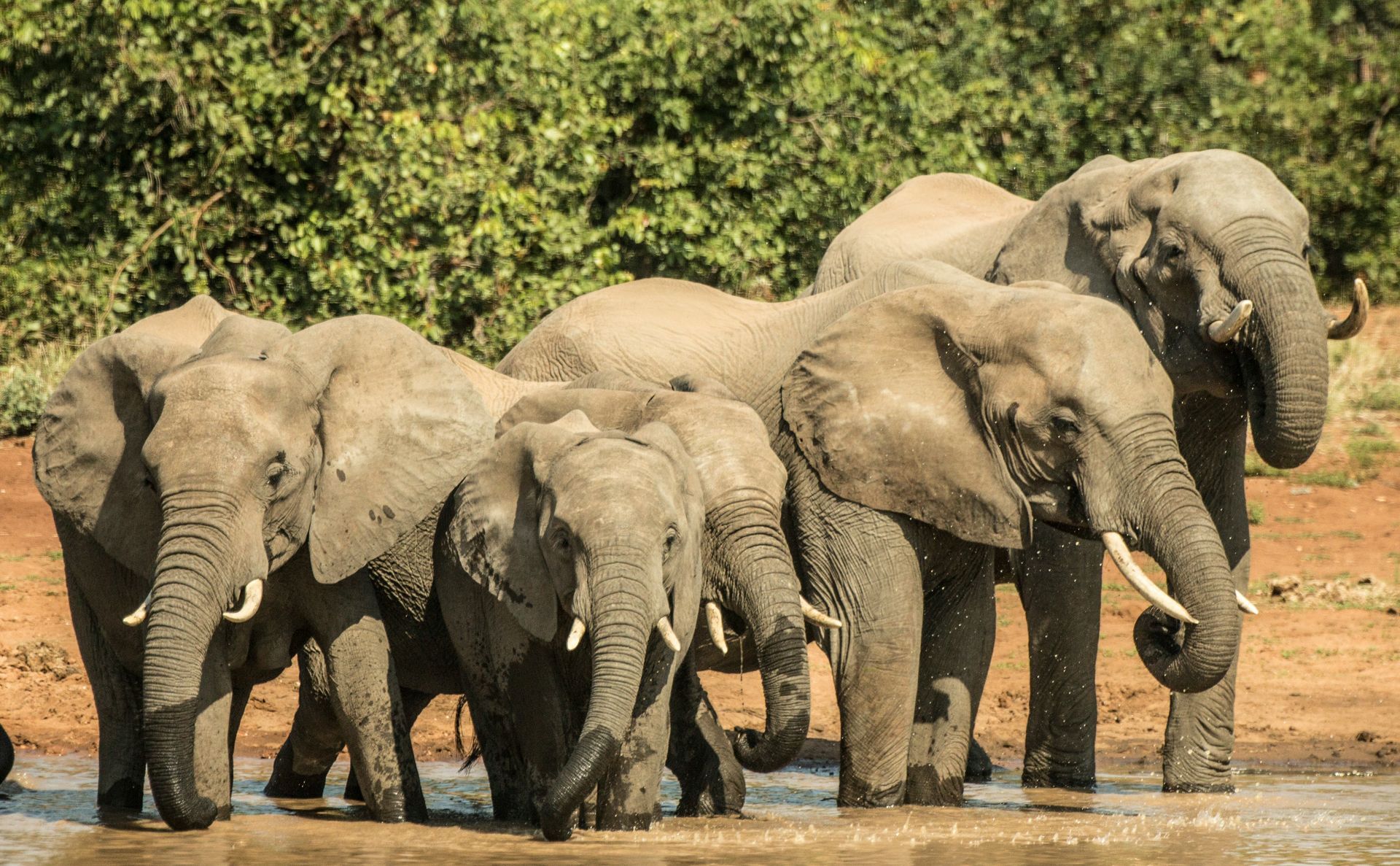
Slide title
Write your caption hereButton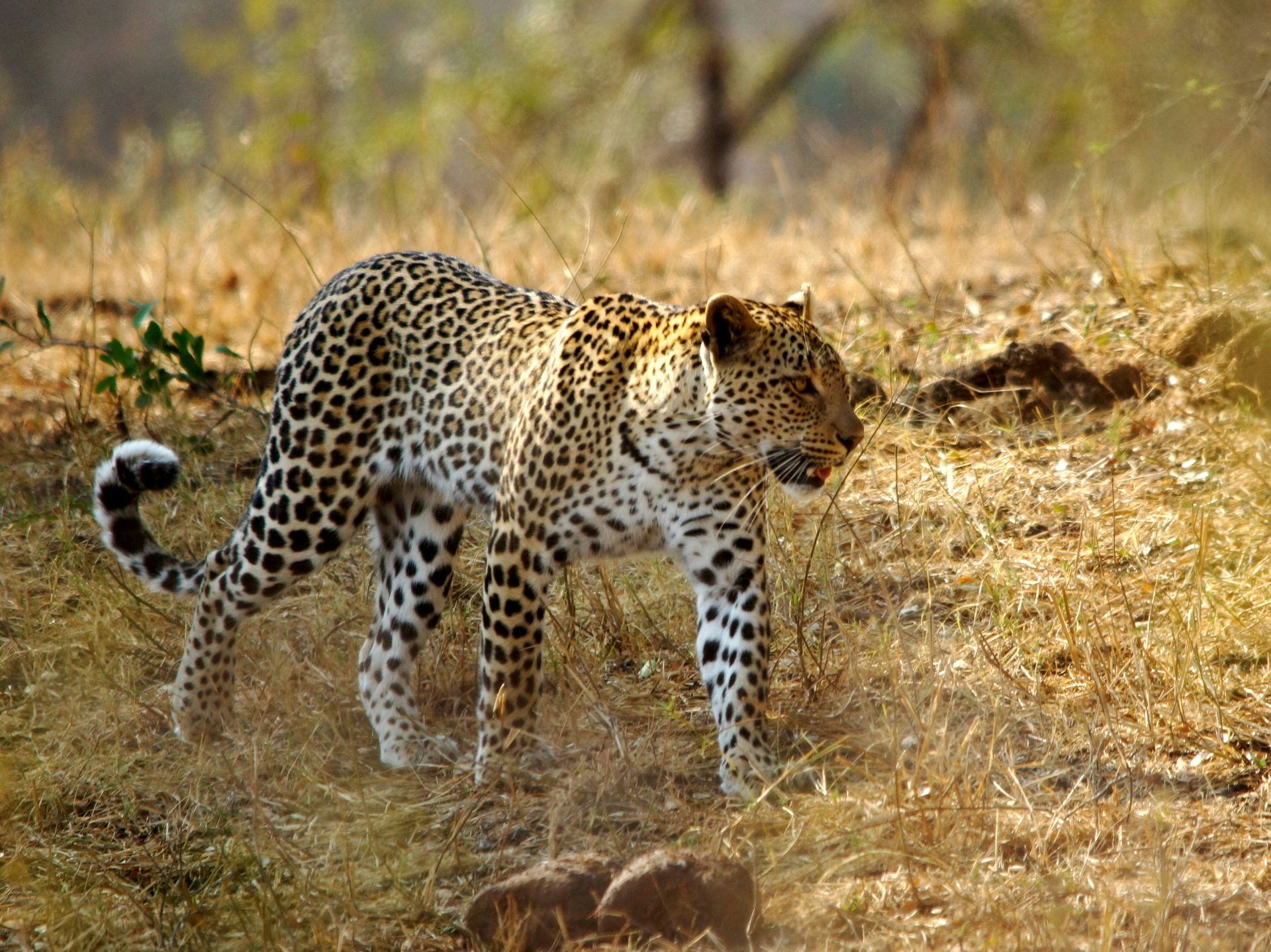
Slide title
Write your caption hereButton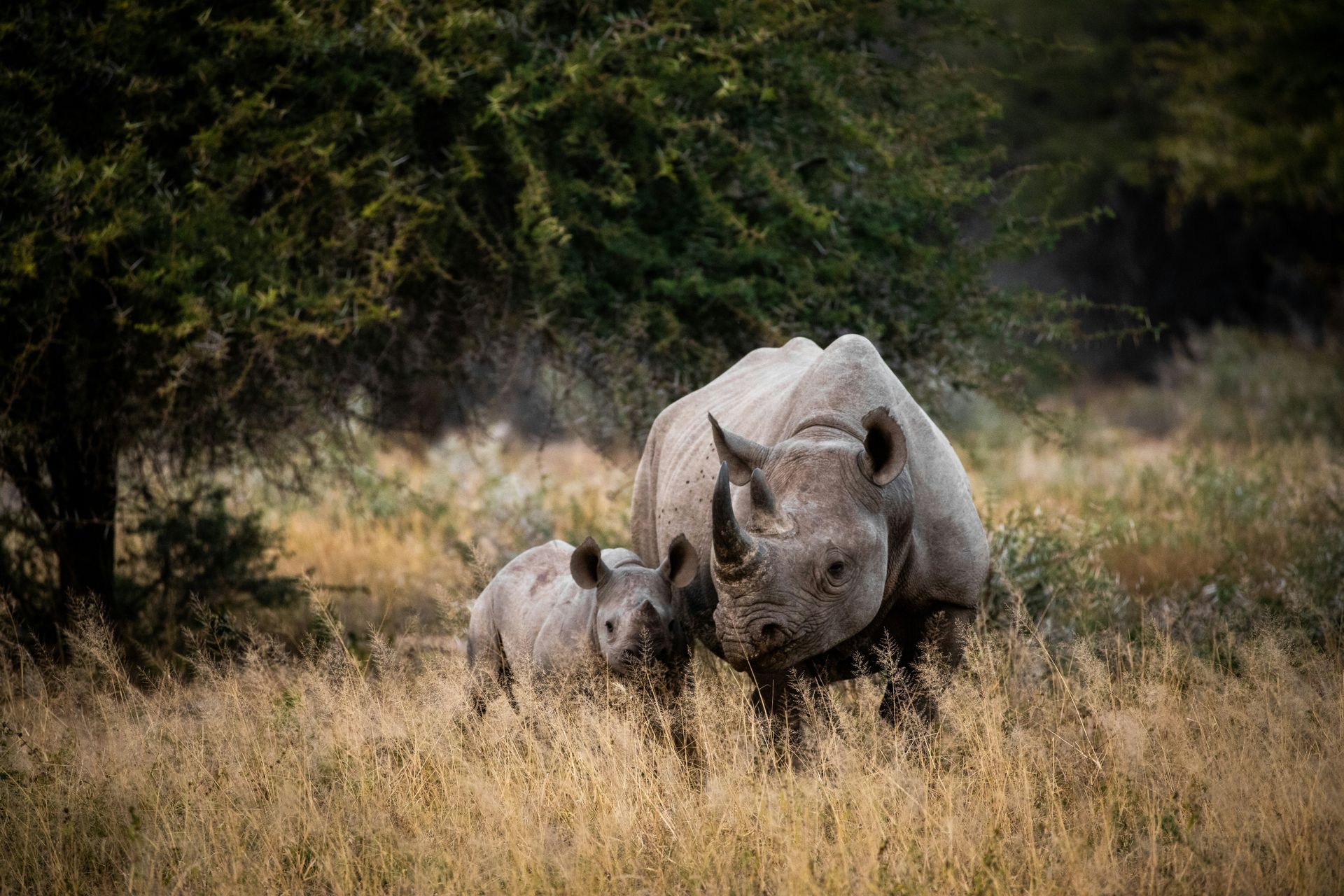
Slide title
Write your caption hereButton
THE KRUGER NATIONAL PARK & GREATER KRUGER
An Africa legend, the world-renowned Kruger National Park is one of the oldest national parks in the world, having been proclaimed in May 1926. The history of what is now Kruger dates back millennia, with archaeological sites uncovered that show Homo erectus having lived and hunted in the area 500,000 years ago. Stone tools and artifacts dating back 300,000 years ago have also been found, showing both stone age and iron age settlement.
The Tsonga people settled the area permanently some 300 years ago, engaging in simple agriculture and the grazing of livestock. Colonial farmers arrived in the area around 170 years ago and with their arrival came a steady depletion of this game-rich area through hunting. By 1898 the situation had become so critical that President Paul Kruger proclaimed the 4,600 square kilometre Sabie Game Reserve, an area spanning the gap between the Sabie and Crocodile Rivers.
He then proclaimed a second reserve - the Shingwedzi Reserve, stretching between the Shingwedzi and Luvuvhu Rivers. These reserves formed the core of today's park, that covers some 20,000 square kilometres with one of the highest concentrations of wildlife in southern Africa.
Together with the various celebrated unfenced private game reserves along its border, it's known as the Greater Kruger National Park and the Greater Kruger region and represents one of the greatest areas under conservation in Africa.
THE KRUGER NATIONAL PARK & GREATER KRUGER
An Africa legend, the world-renowned Kruger National Park is one of the oldest national parks in the world, having been proclaimed in May 1926. The history of what is now Kruger dates back millennia, with archaeological sites uncovered that show Homo erectus having lived and hunted in the area 500,000 years ago. Stone tools and artifacts dating back 300,000 years ago have also been found, showing both stone age and iron age settlement.
The Tsonga people settled the area permanently some 300 years ago, engaging in simple agriculture and the grazing of livestock. Colonial farmers arrived in the area around 170 years ago and with their arrival came a steady depletion of this game-rich area through hunting. By 1898 the situation had become so critical that President Paul Kruger proclaimed the 4,600 square kilometre Sabie Game Reserve, an area spanning the gap between the Sabie and Crocodile Rivers.
He then proclaimed a second reserve - the Shingwedzi Reserve, stretching between the Shingwedzi and Luvuvhu Rivers. These reserves formed the core of today's park, that covers some 20,000 square kilometres with one of the highest concentrations of wildlife in southern Africa.
Together with the various celebrated unfenced private game reserves along its border, it's known as the Greater Kruger National Park and the Greater Kruger region and represents one of the greatest areas under conservation in Africa.



THE PANORAMA ROUTE
One of the most celebrated tourist routes in South Africa, the Panorama Route includes the Blyde River Canyon - the third largest canyon in the world and the largest green canyon - a natural wonder that offers breathtaking views and outdoor activities such as hiking and boat trips on the Blyde Dam, as well as helicopter flights and hot-air balloon trips.
The route follows the edge of the Northern Drakensberg Escarpment which towers over the Greater Kruger region some 1500m below it. This region is also known as the "lowveld" - literally meaning "low country or grassland" in the Afrikaans vernacular.
Along the route you can take in the spectacular landscapes, geological wonders like Bourke's Luck Potholes and various waterfalls and lookout points. There's also the magical Graskop Gorge Lift with its activity centre and the chance to explore one of the amazing gorges that open onto the lowveld.
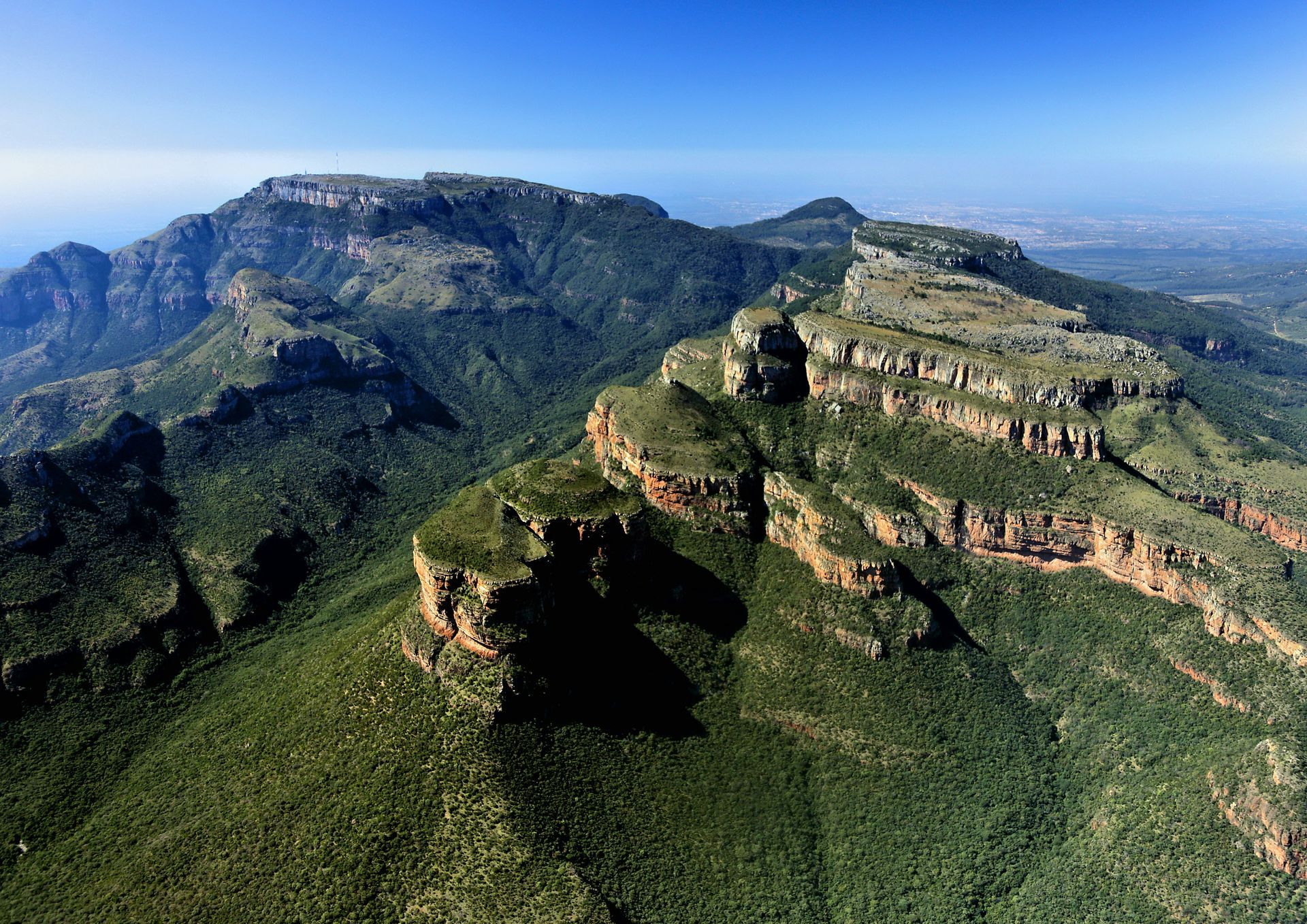
Slide title
Write your caption hereButton
Slide title
Write your caption hereButton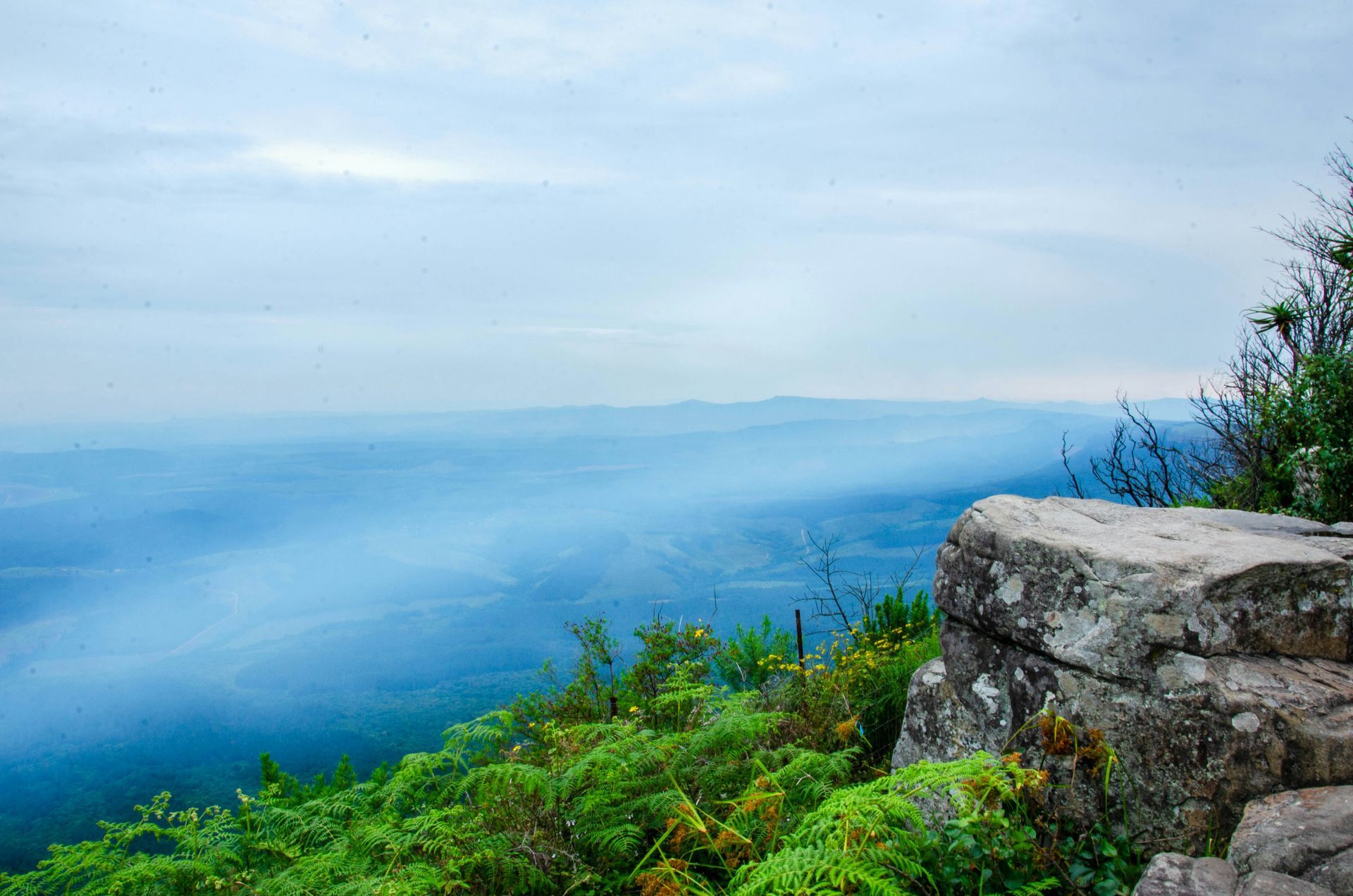
Slide title
Write your caption hereButton
THE PANORAMA ROUTE
One of the most celebrated tourist routes in South Africa, the Panorama Route includes the Blyde River Canyon - the third largest canyon in the world and the largest green canyon - a natural wonder that offers breathtaking views and outdoor activities such as hiking and boat trips on the Blyde Dam, as well as helicopter flights and hot-air balloon trips.
The route follows the edge of the Northern Drakensberg Escarpment which towers over the Greater Kruger region some 1500m below it. This region is also known as the "lowveld" - literally meaning "low country or grassland" in the Afrikaans vernacular.
Along the route you can take in the spectacular landscapes, geological wonders like Bourke's Luck Potholes and various waterfalls and lookout points. There's also the magical Graskop Gorge Lift with its activity centre and the chance to explore one of the amazing gorges that open onto the lowveld.
THE PANORAMA ROUTE
One of the most celebrated tourist routes in South Africa, the Panorama Route includes the Blyde River Canyon - the third largest canyon in the world and the largest green canyon - a natural wonder that offers breathtaking views and outdoor activities such as hiking and boat trips on the Blyde Dam, as well as helicopter flights and hot-air balloon trips.
The route follows the edge of the Northern Drakensberg Escarpment which towers over the Greater Kruger region some 1500m below it. This region is also known as the "lowveld" - literally meaning "low country or grassland" in the Afrikaans vernacular.
Along the route you can take in the spectacular landscapes, geological wonders like Bourke's Luck Potholes and various waterfalls and lookout points. There's also the magical Graskop Gorge Lift with its activity centre and the chance to explore one of the amazing gorges that open onto the lowveld.



CAPE TOWN
South Africa's beautiful Mother City is dominated by one of the most iconic backdrops in the world - Table Mountain - and is the site of the first European settlement on Africa's southern tip. In 1652 Jan van Riebeeck of the Dutch East India Company founded "Kaapstad" as a valuable stopover en-route to the East Indies. Since then it has grown into a vibrant, cosmopolitan, world-class city that attracts visitors from across the world.
Apart from its obvious scenic beauty, Cape Town is filled with interesting places to visit, attractions to explore and adventures to be had. From outstanding restaurants, bars and coffee shops to wine estates, luxury hotels and lifestyle centres, Cape Town is regarded as South Africa's style capital. There's history in abundance, from the original Dutch settlement to more recent events that saw Nelson Mandela usher-in an era of peace and democracy following the fall of apartheid.
Cape Town is also the perfect hub from which to explore the rest of the Western Cape region, with its beautiful indigenous fynbos floral kingdom, breathtaking mountain ranges, and picturesque coastline. It's here that the Cape Winelands tourism route begins - known for its wine production and picturesque landscapes, where visitors can enjoy wine tasting and tours of the award-winning vineyards.
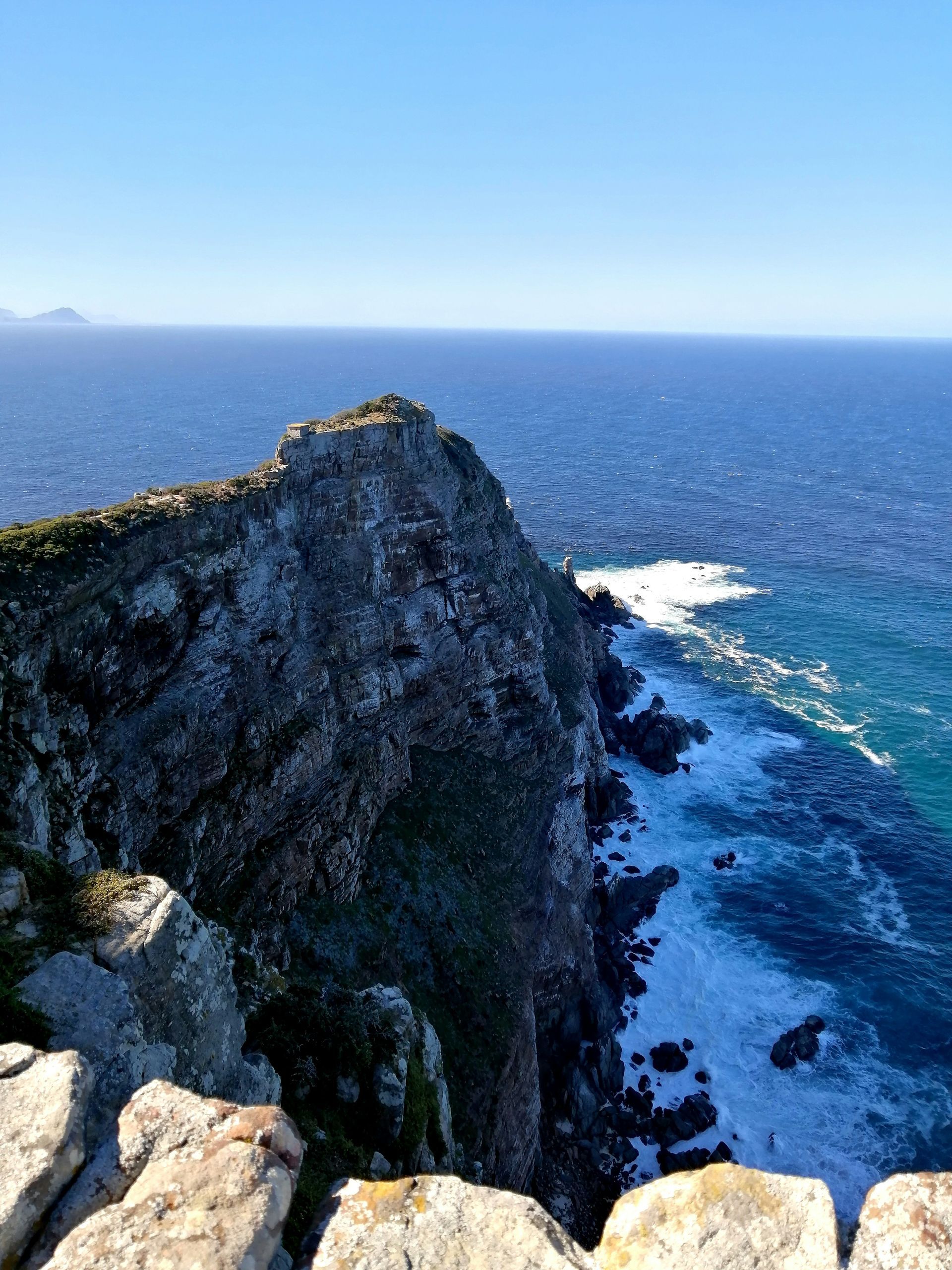
Slide title
Write your caption hereButton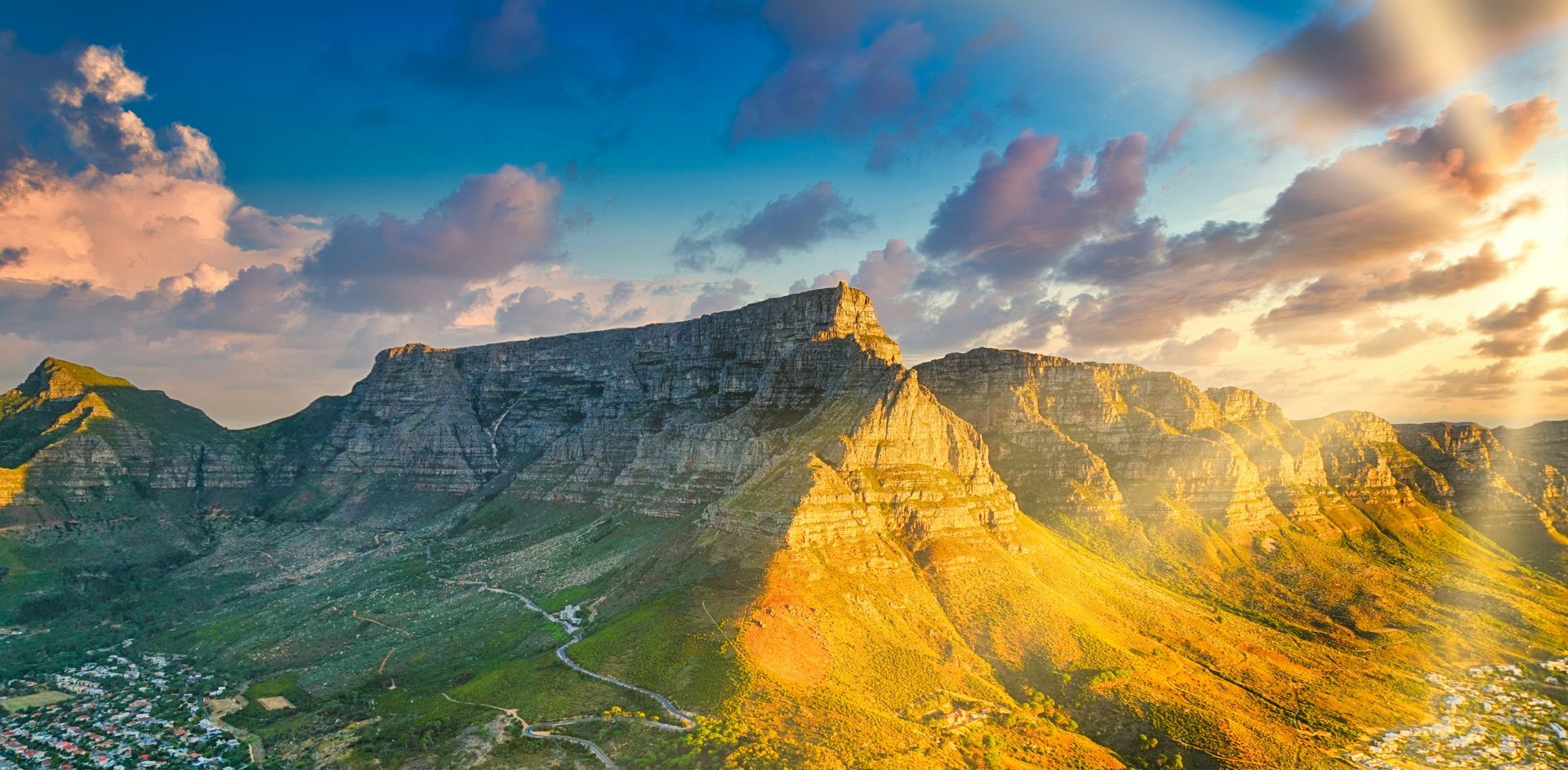
Slide title
Write your caption hereButton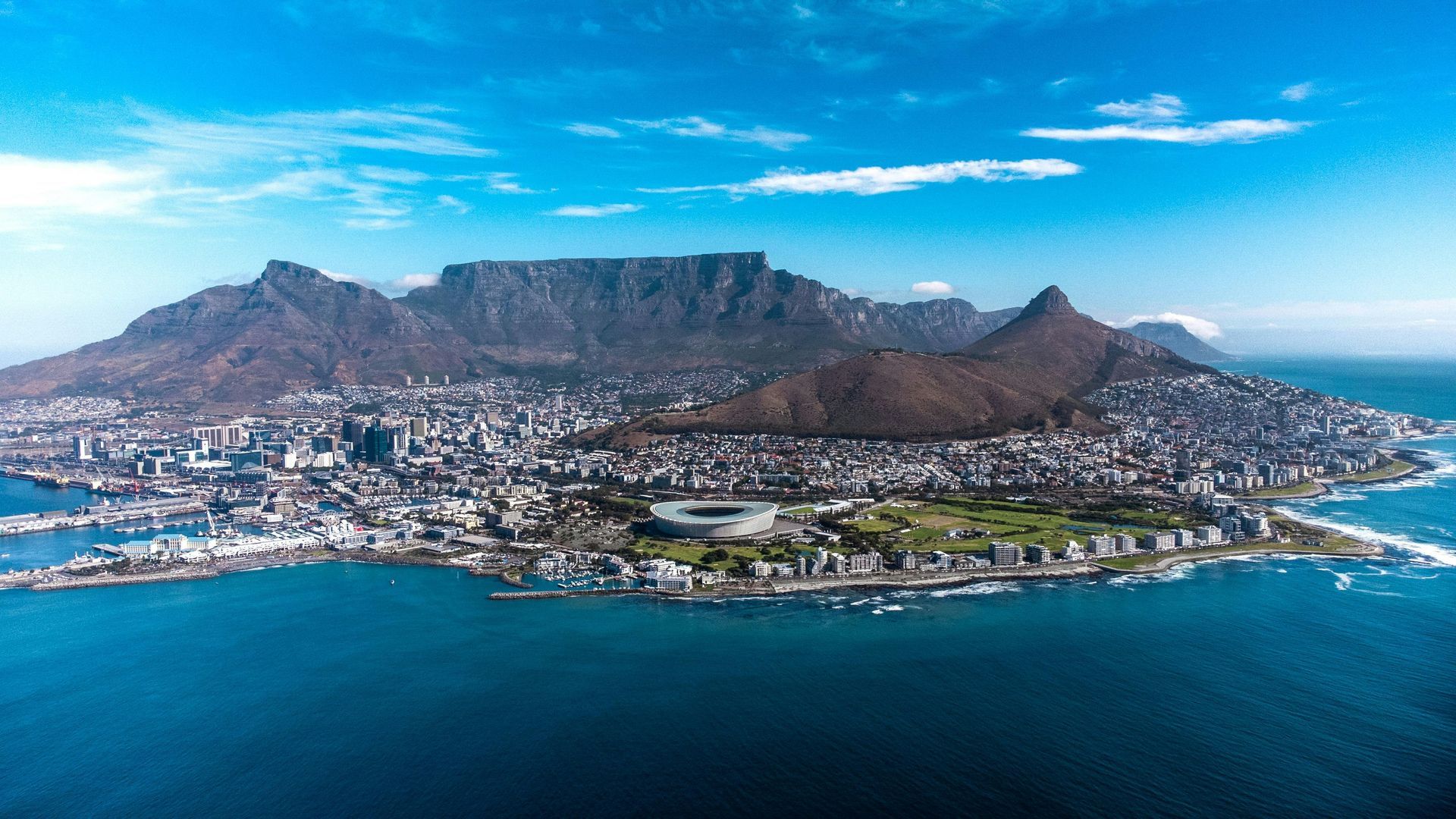
Slide title
Write your caption hereButton
CAPE TOWN
South Africa's beautiful Mother City is dominated by one of the most iconic backdrops in the world - Table Mountain - and is the site of the first European settlement on Africa's southern tip. In 1652 Jan van Riebeeck of the Dutch East India Company founded "Kaapstad" as a valuable stopover en-route to the East Indies. Since then it has grown into a vibrant, cosmopolitan, world-class city that attracts visitors from across the world.
Apart from its obvious scenic beauty, Cape Town is filled with interesting places to visit, attractions to explore and adventures to be had. From outstanding restaurants, bars and coffee shops to wine estates, luxury hotels and lifestyle centres, Cape Town is regarded as South Africa's style capital. There's history in abundance, from the original Dutch settlement to more recent events that saw Nelson Mandela usher-in an era of peace and democracy following the fall of apartheid.
Cape Town is also the perfect hub from which to explore the rest of the Western Cape region, with its beautiful indigenous fynbos floral kingdom, breathtaking mountain ranges, and picturesque coastline. It's here that the Cape Winelands tourism route begins - known for its wine production and picturesque landscapes, where visitors can enjoy wine tasting and tours of the award-winning vineyards.
CAPE TOWN
South Africa's beautiful Mother City is dominated by one of the most iconic backdrops in the world - Table Mountain - and is the site of the first European settlement on Africa's southern tip. In 1652 Jan van Riebeeck of the Dutch East India Company founded "Kaapstad" as a valuable stopover en-route to the East Indies. Since then it has grown into a vibrant, cosmopolitan, world-class city that attracts visitors from across the world.
Apart from its obvious scenic beauty, Cape Town is filled with interesting places to visit, attractions to explore and adventures to be had. From outstanding restaurants, bars and coffee shops to wine estates, luxury hotels and lifestyle centres, Cape Town is regarded as South Africa's style capital. There's history in abundance, from the original Dutch settlement to more recent events that saw Nelson Mandela usher-in an era of peace and democracy following the fall of apartheid.
Cape Town is also the perfect hub from which to explore the rest of the Western Cape region, with its beautiful indigenous fynbos floral kingdom, breathtaking mountain ranges, and picturesque coastline. It's here that the Cape Winelands tourism route begins - known for its wine production and picturesque landscapes, where visitors can enjoy wine tasting and tours of the award-winning vineyards.



SOWETO & JOHANNESBURG
There's nowhere quite like Soweto... This sprawling conglomeration of townships outside of Johannesburg has emerged from the dark times of apartheid and the struggle for democracy into a hip destination full of African sass and vibe that belies its beginnings as South Western Townships - So-We-To. It formally adopted the acronym in 1963.
An absolute must day-trip for anyone visiting South Africa, touring Soweto is an immersion in what makes the country so unique and special, from the hustle, bustle and history of Vilakazi Street and Nelson Mandela's family home (a couple of doors up from Archbishop Desmond Tutu's house, which makes it the home of two Nobel Laureates) to the Hector Pieterson Memorial and Museum and Orlando Towers, where you can bungee jump if you are brave enough!
Take a guided cycle tour with Lebo's and learn about the history of Soweto, a vast neighbourhood, where more than1-million people live in a 200 square kilometre area with more than 355,000 households. It’s a place of contrasts: with mansions sitting cheek by jowl with overcrowded iron shanties. While exploring, stop for some traditional food at a roadside shebeen and sample the real flavours of the Rainbow Nation.
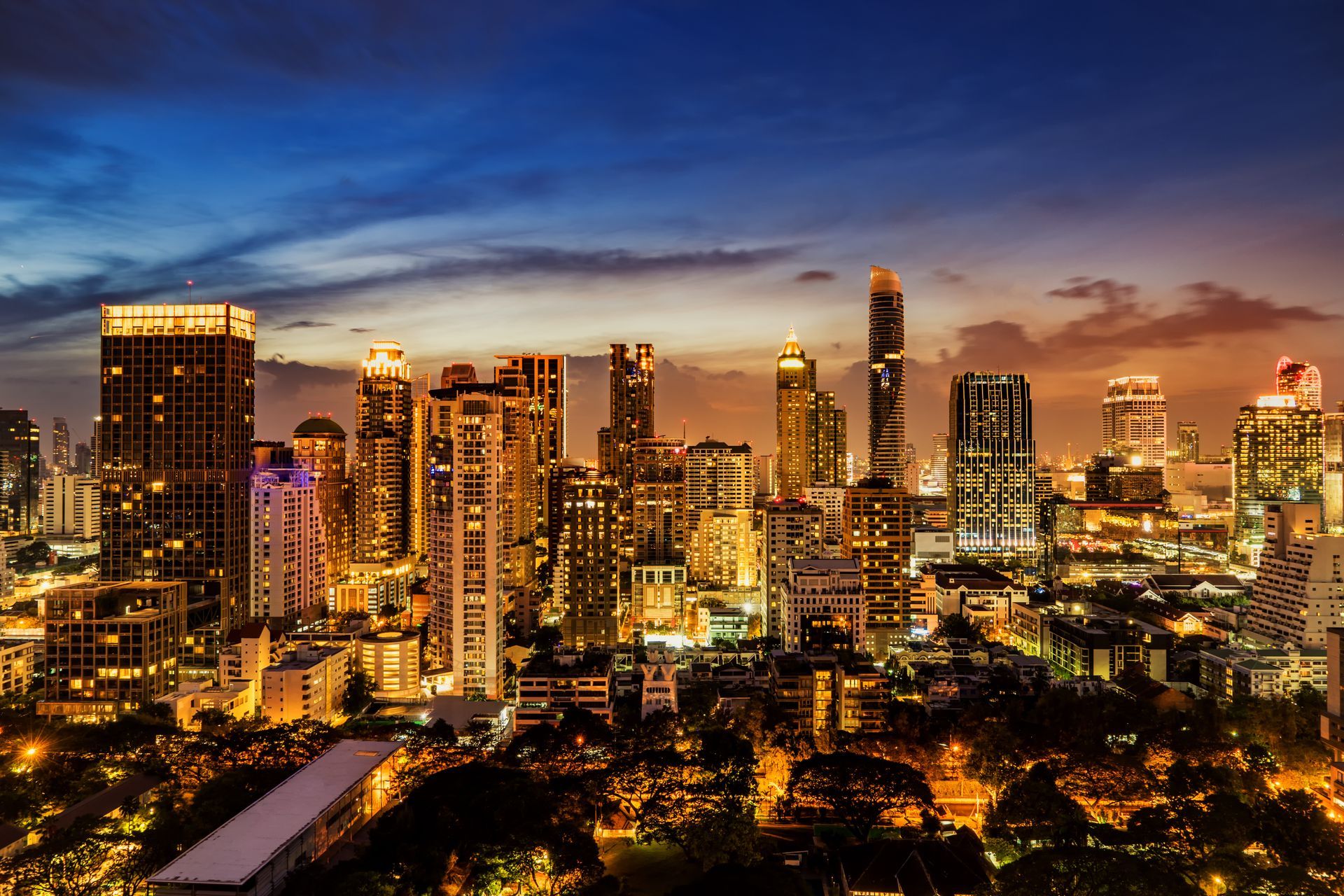
Slide title
Write your caption hereButton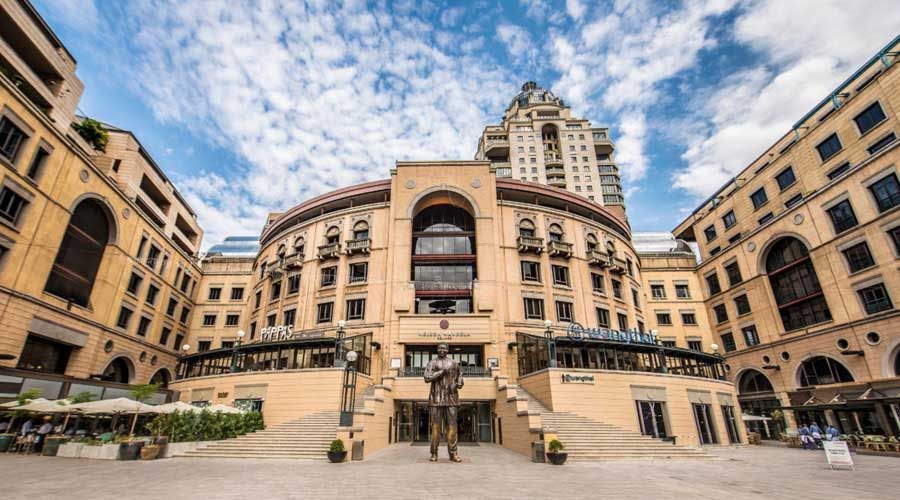
Slide title
Write your caption hereButton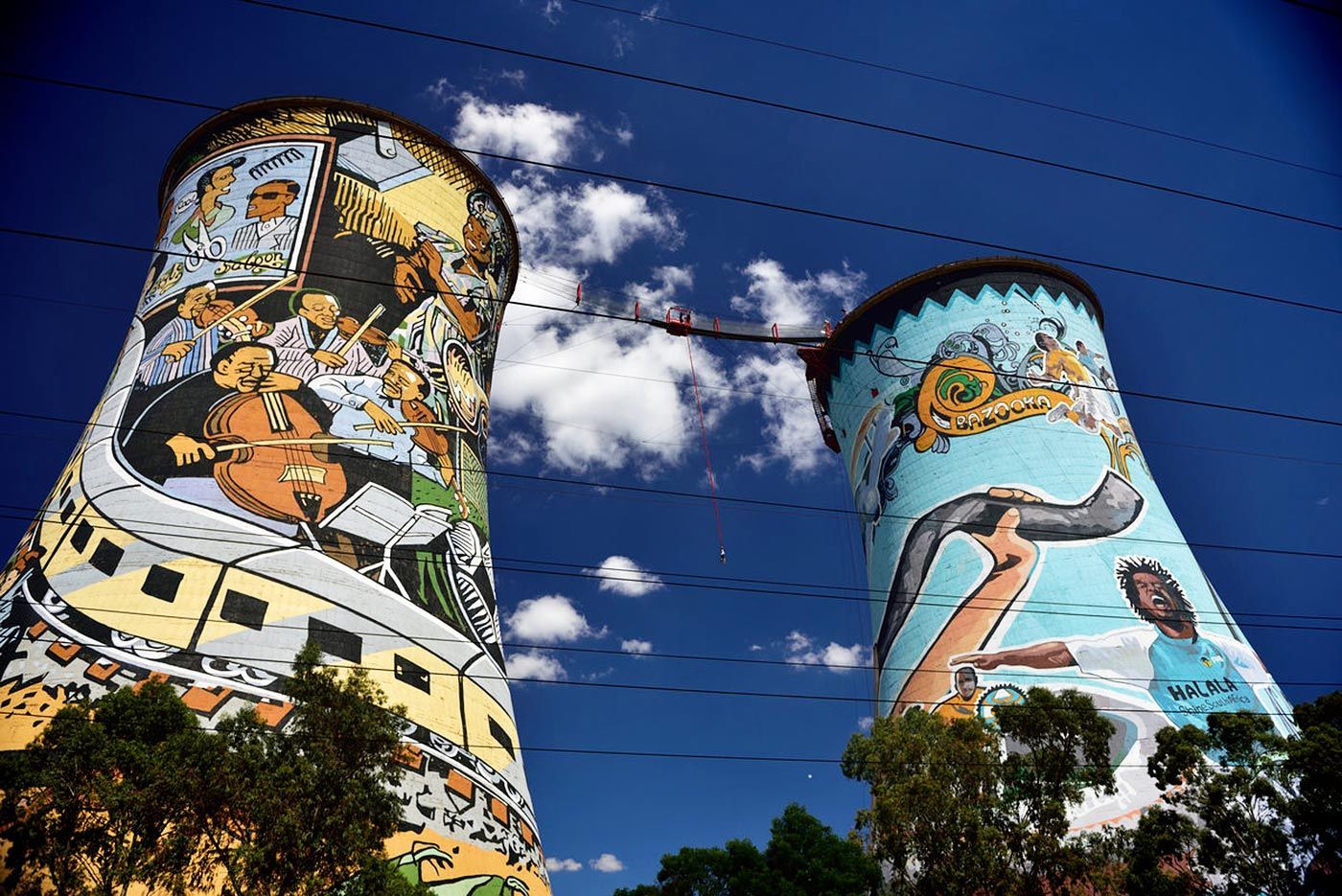
Slide title
Write your caption hereButton
SOWETO & JOHANNESBURG
There's nowhere quite like Soweto... This sprawling conglomeration of townships outside of Johannesburg has emerged from the dark times of apartheid and the struggle for democracy into a hip destination full of African sass and vibe that belies its beginnings as South Western Townships - So-We-To. It formally adopted the acronym in 1963.
An absolute must day-trip for anyone visiting South Africa, touring Soweto is an immersion in what makes the country so unique and special, from the hustle, bustle and history of Vilakazi Street and Nelson Mandela's family home (a couple of doors up from Archbishop Desmond Tutu's house, which makes it the home of two Nobel Laureates) to the Hector Pieterson Memorial and Museum and Orlando Towers, where you can bungee jump if you are brave enough!
Take a guided cycle tour with Lebo's and learn about the history of Soweto, a vast neighbourhood, where more than1-million people live in a 200 square kilometre area with more than 355,000 households. It’s a place of contrasts: with mansions sitting cheek by jowl with overcrowded iron shanties. While exploring, stop for some traditional food at a roadside shebeen and sample the real flavours of the Rainbow Nation.
SOWETO & JOHANNESBURG
There's nowhere quite like Soweto... This sprawling conglomeration of townships outside of Johannesburg has emerged from the dark times of apartheid and the struggle for democracy into a hip destination full of African sass and vibe that belies its beginnings as South Western Townships - So-We-To. It formally adopted the acronym in 1963.
An absolute must day-trip for anyone visiting South Africa, touring Soweto is an immersion in what makes the country so unique and special, from the hustle, bustle and history of Vilakazi Street and Nelson Mandela's family home (a couple of doors up from Archbishop Desmond Tutu's house, which makes it the home of two Nobel Laureates) to the Hector Pieterson Memorial and Museum and Orlando Towers, where you can bungee jump if you are brave enough!
Take a guided cycle tour with Lebo's and learn about the history of Soweto, a vast neighbourhood, where more than1-million people live in a 200 square kilometre area with more than 355,000 households. It’s a place of contrasts: with mansions sitting cheek by jowl with overcrowded iron shanties. While exploring, stop for some traditional food at a roadside shebeen and sample the real flavours of the Rainbow Nation.



THE DRAKENSBERG
The southernmost tip of the Great African Rift that forms the eastern spine of Africa, the Drakensberg (literally translated it means "dragon mountains") are a range of awe-inspiring dramatic peaks that dominate the central highlands region of KwaZulu-Natal - one of South Africa's nine provinces.
Part of what's known as the Great Escarpment which separates the extensive high plateaus of the South African interior from the lower lands along the coast, the range stretches down from northeastern Limpopo and Mpumalanga provinces, extending south through Lesotho and KwaZulu-Natal to its termination in Eastern Cape province.
Along the mountain range's route are some wonderful tourism destinations offering a range of exciting activities, from hiking to helicopter and microlight flights and more.
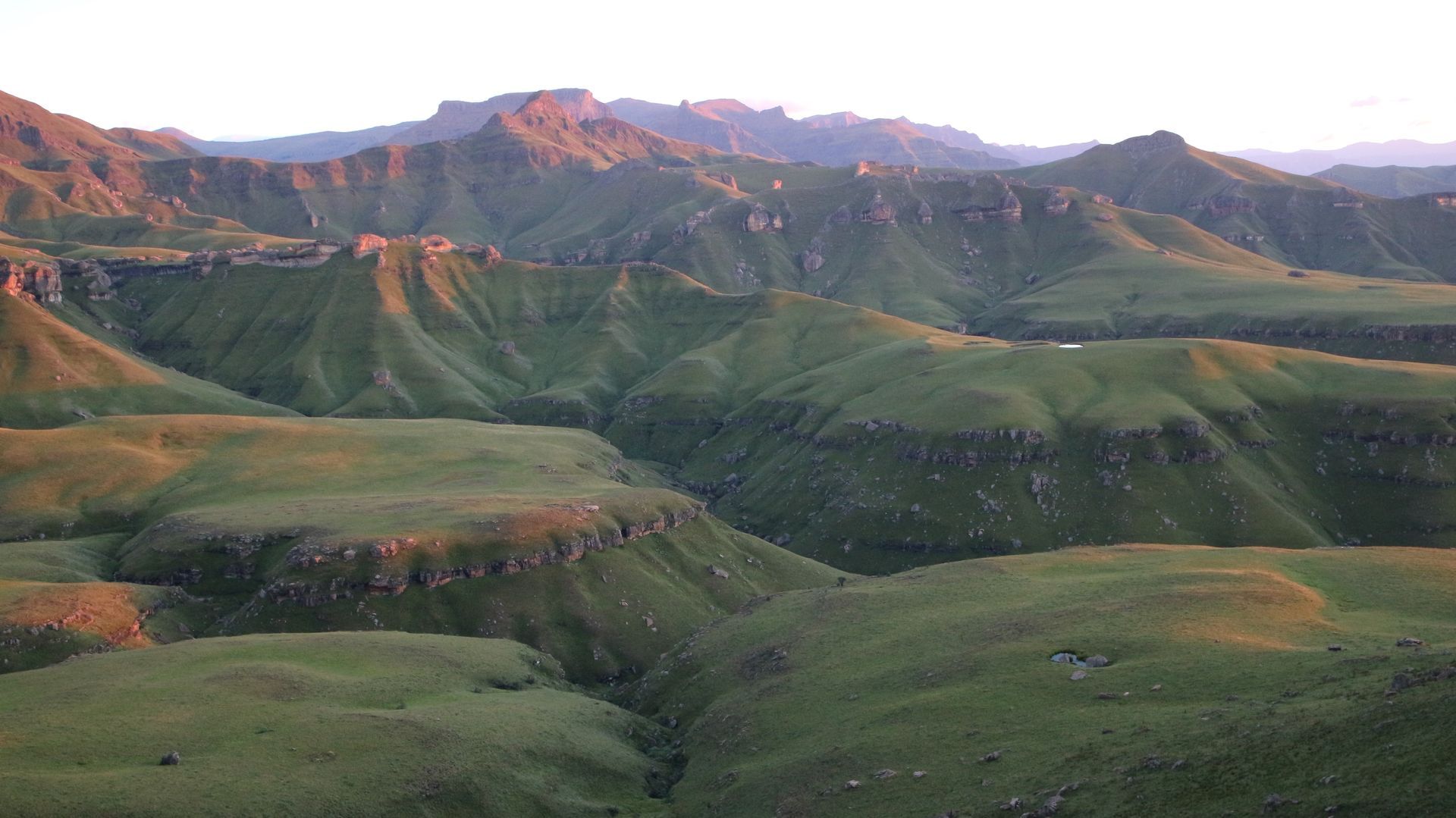
Slide title
Write your caption hereButton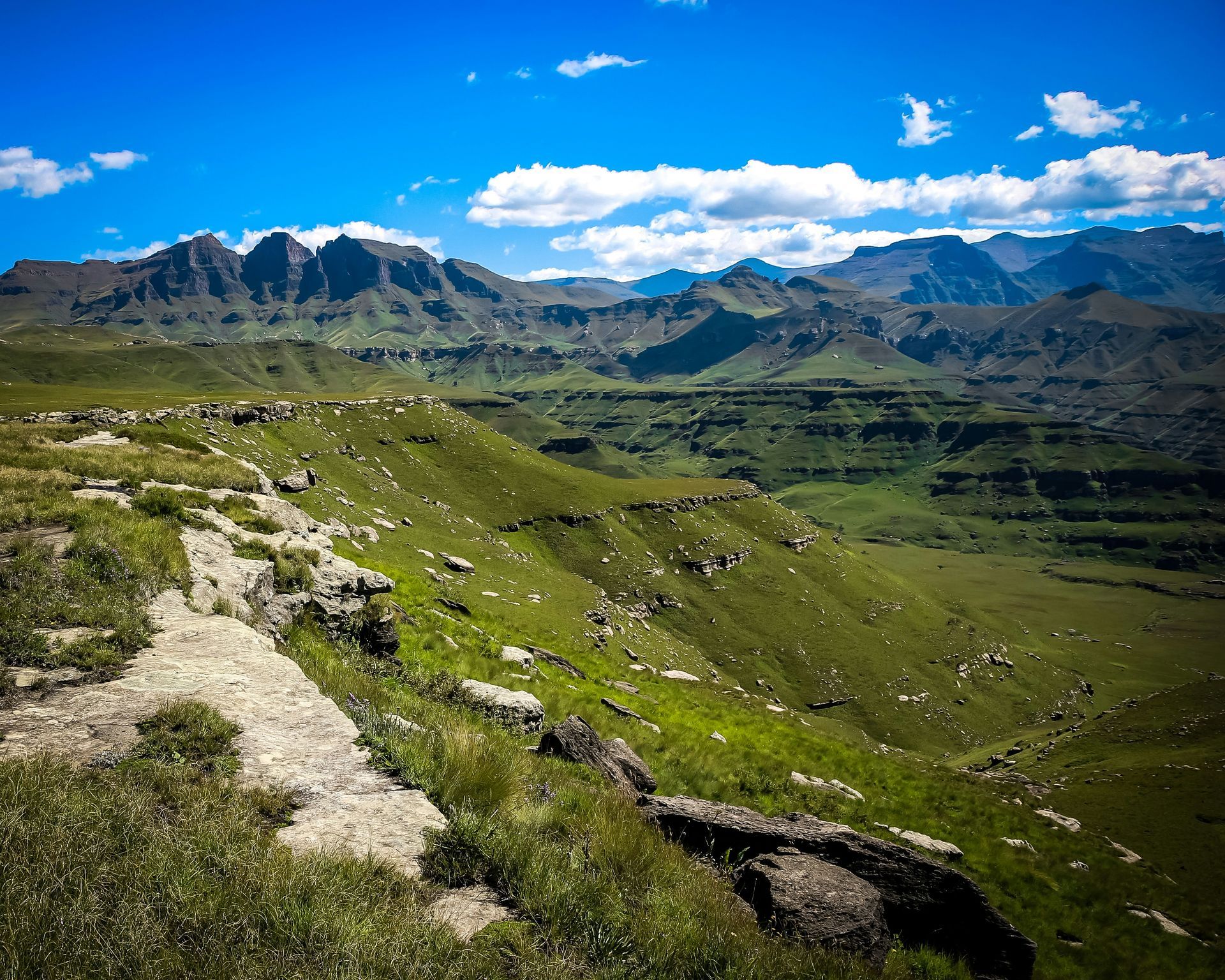
Slide title
Write your caption hereButton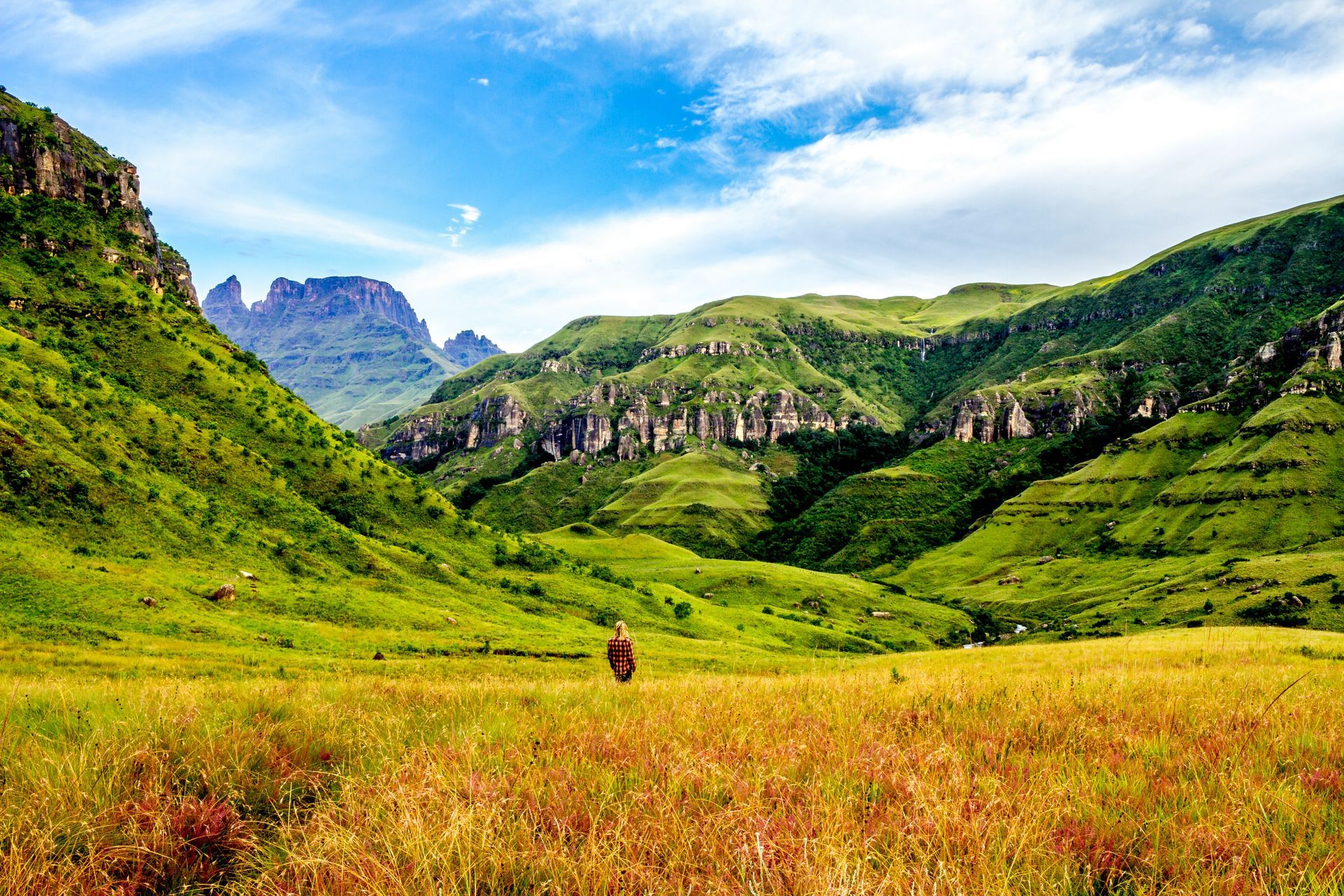
Slide title
Write your caption hereButton
THE DRAKENSBERG
The southernmost tip of the Great African Rift that forms the eastern spine of Africa, the Drakensberg (literally translated it means "dragon mountains") are a range of awe-inspiring dramatic peaks that dominate the central highlands region of KwaZulu-Natal - one of South Africa's nine provinces.
Part of what's known as the Great Escarpment which separates the extensive high plateaus of the South African interior from the lower lands along the coast, the range stretches down from northeastern Limpopo and Mpumalanga provinces, extending south through Lesotho and KwaZulu-Natal to its termination in Eastern Cape province.
Along the mountain range's route are some wonderful tourism destinations offering a range of exciting activities, from hiking to helicopter and microlight flights and more.
THE DRAKENSBERG
The southernmost tip of the Great African Rift that forms the eastern spine of Africa, the Drakensberg (literally translated it means "dragon mountains") are a range of awe-inspiring dramatic peaks that dominate the central highlands region of KwaZulu-Natal - one of South Africa's nine provinces.
Part of what's known as the Great Escarpment which separates the extensive high plateaus of the South African interior from the lower lands along the coast, the range stretches down from northeastern Limpopo and Mpumalanga provinces, extending south through Lesotho and KwaZulu-Natal to its termination in Eastern Cape province.
Along the mountain range's route are some wonderful tourism destinations offering a range of exciting activities, from hiking to helicopter and microlight flights and more.



THE GARDEN ROUTE
One of the world's most celebrated stretches of coastline, the Garden Route and has always been a favourite for its postcard-perfect scenery: think endless beaches lapped by turquoise waters, lagoons teeming with birdlife, and lush forests clinging to rolling mountains.
The 300km-long route, winding its way from Mossel Bay to Storms River, is an adventurer's paradise. Whether you crave the thrill of catching a wave, the challenge of a scenic hike, or the wonder of exploring hidden coves underwater, the Garden Route caters to every whim. Nature lovers can delve into the Tsitsikamma National Park, a wonderland of ancient trees and cascading waterfalls, or kayak through the tranquil Knysna lagoon.
But the Garden Route isn't just about adrenaline and exploration. Dotted along the coastline are charming towns like Knysna, George and Plettenberg Bay, offering a slower pace. Here, visitors can indulge in freshly caught seafood at harbourside restaurants, browse local craft markets for unique souvenirs, or simply relax on pristine beaches and soak up the endless beauty of the South African coast.
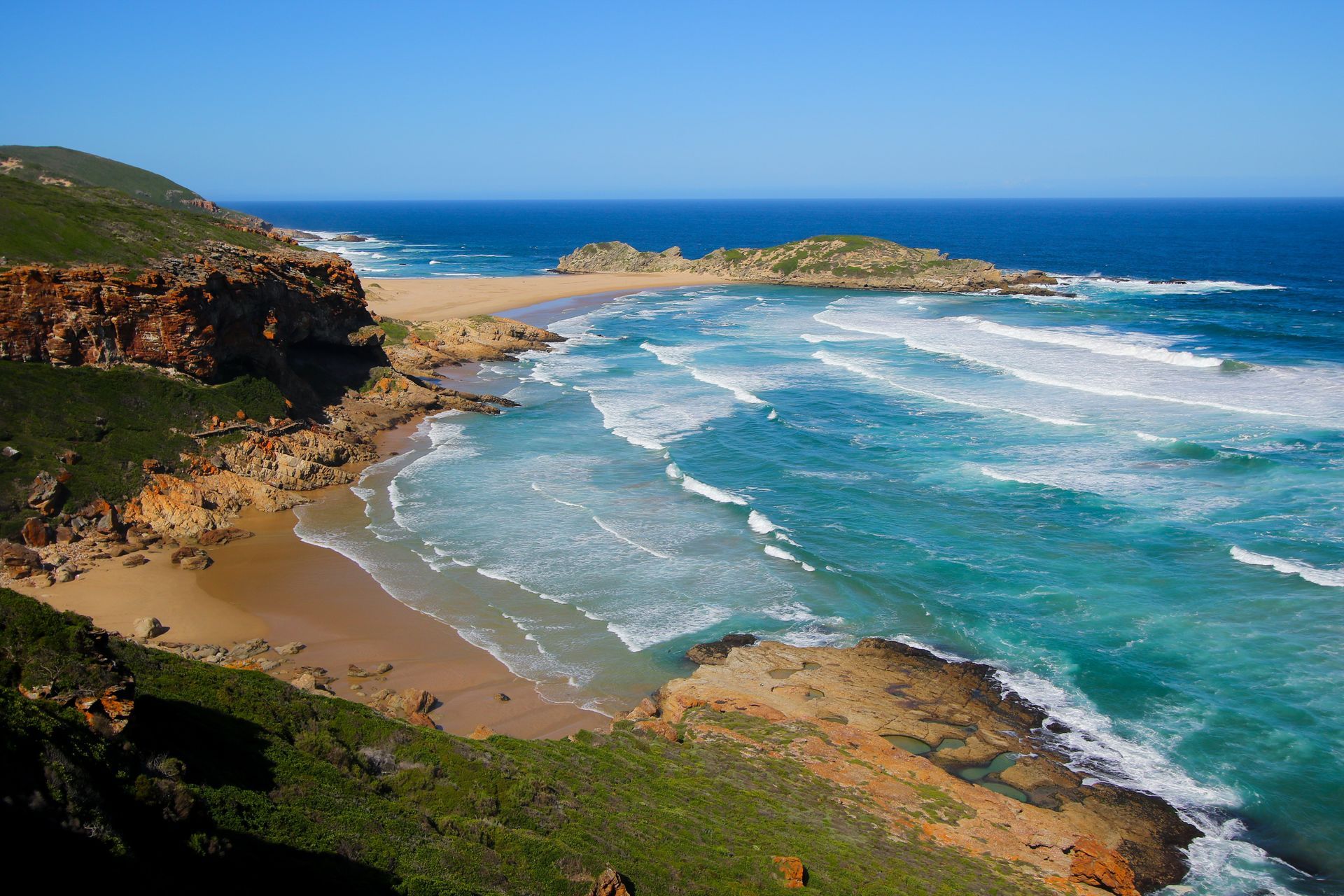
Slide title
Write your caption hereButton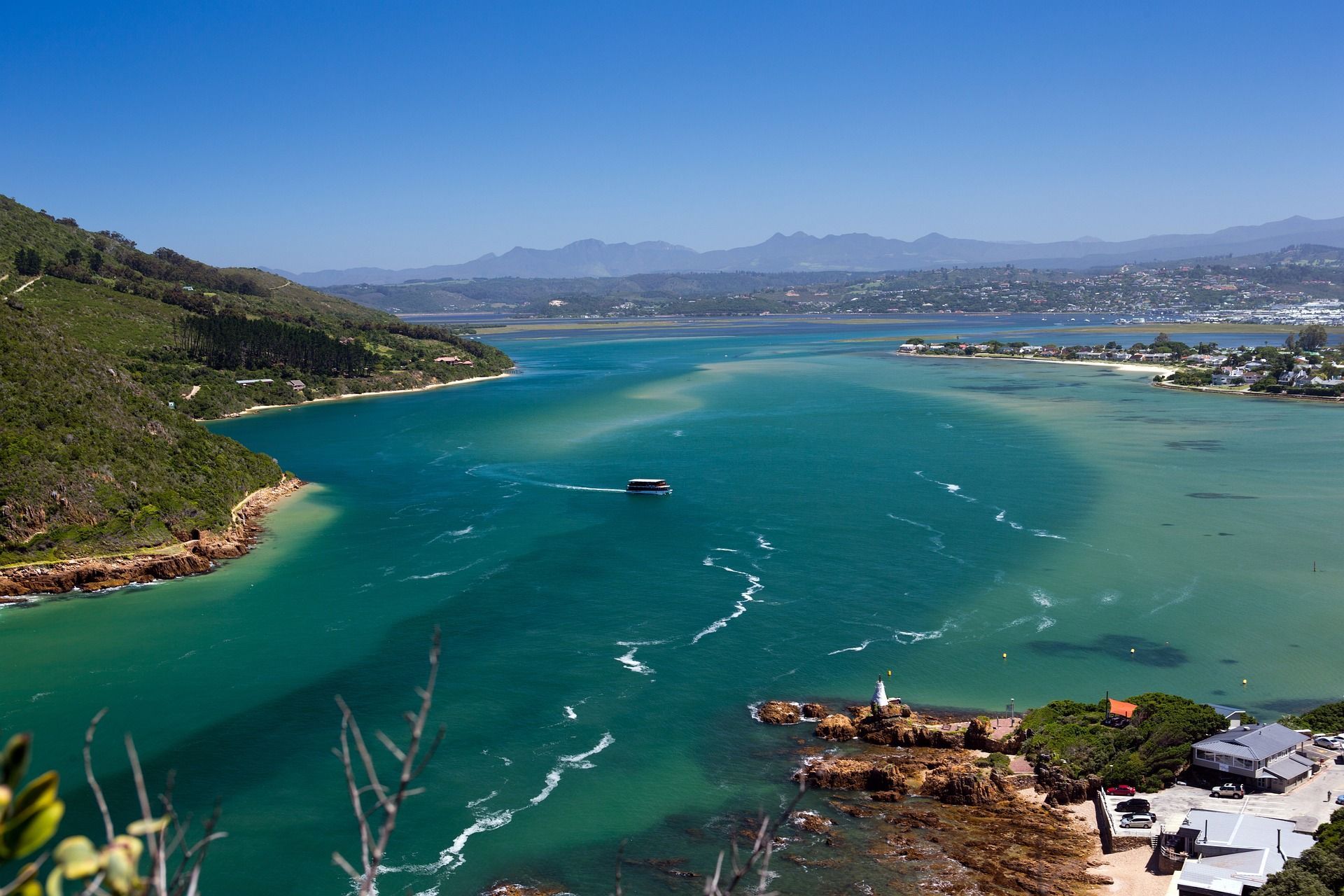
Slide title
Write your caption hereButton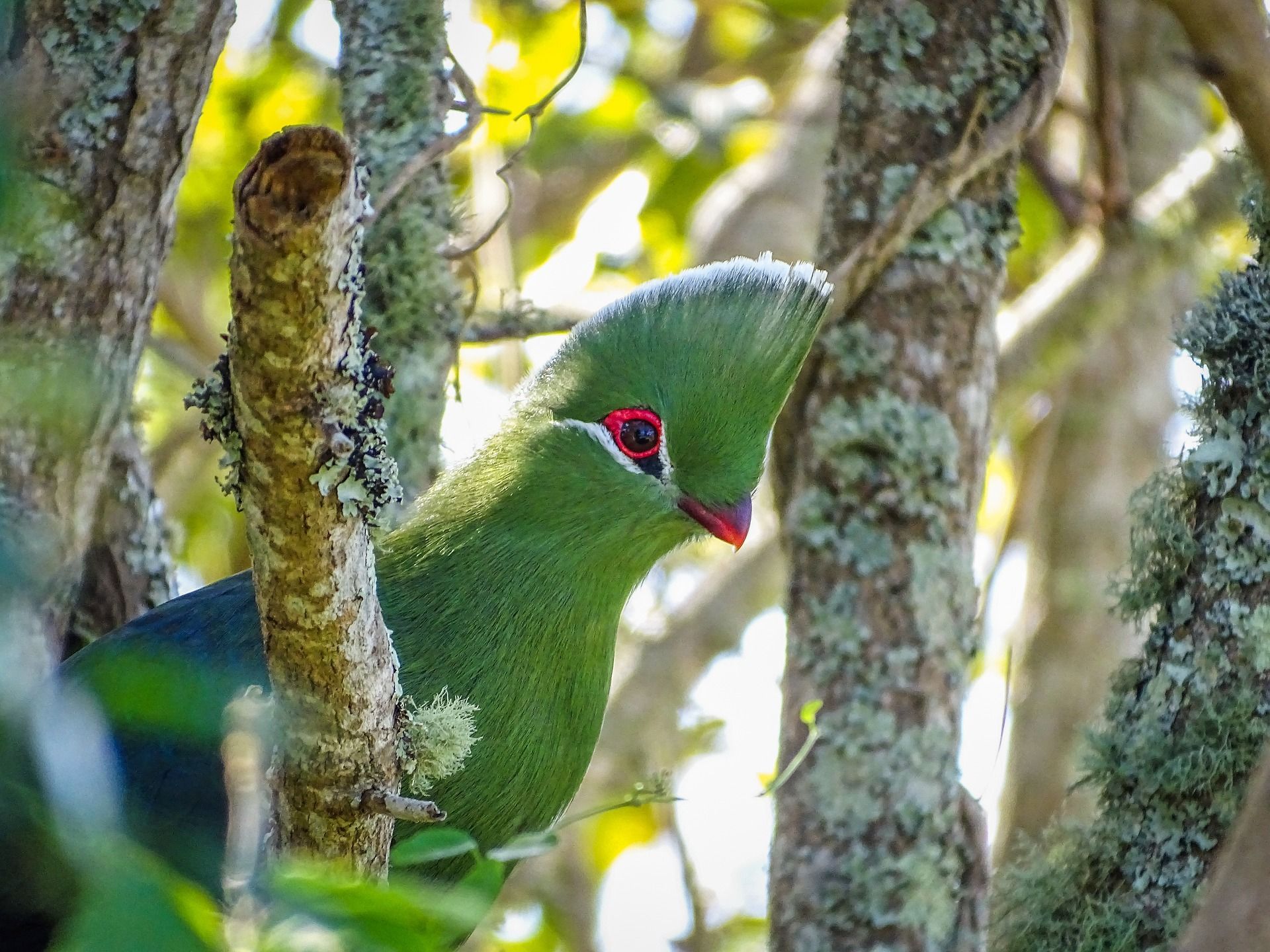
Slide title
Write your caption hereButton
THE GARDEN ROUTE
One of the world's most celebrated stretches of coastline, the Garden Route and has always been a favourite for its postcard-perfect scenery: think endless beaches lapped by turquoise waters, lagoons teeming with birdlife, and lush forests clinging to rolling mountains.
The 300km-long route, winding its way from Mossel Bay to Storms River, is an adventurer's paradise. Whether you crave the thrill of catching a wave, the challenge of a scenic hike, or the wonder of exploring hidden coves underwater, the Garden Route caters to every whim. Nature lovers can delve into the Tsitsikamma National Park, a wonderland of ancient trees and cascading waterfalls, or kayak through the tranquil Knysna lagoon.
But the Garden Route isn't just about adrenaline and exploration. Dotted along the coastline are charming towns like Knysna, George and Plettenberg Bay, offering a slower pace. Here, visitors can indulge in freshly caught seafood at harbourside restaurants, browse local craft markets for unique souvenirs, or simply relax on pristine beaches and soak up the endless beauty of the South African coast.
THE GARDEN ROUTE
One of the world's most celebrated stretches of coastline, the Garden Route and has always been a favourite for its postcard-perfect scenery: think endless beaches lapped by turquoise waters, lagoons teeming with birdlife, and lush forests clinging to rolling mountains.
The 300km-long route, winding its way from Mossel Bay to Storms River, is an adventurer's paradise. Whether you crave the thrill of catching a wave, the challenge of a scenic hike, or the wonder of exploring hidden coves underwater, the Garden Route caters to every whim. Nature lovers can delve into the Tsitsikamma National Park, a wonderland of ancient trees and cascading waterfalls, or kayak through the tranquil Knysna lagoon.
But the Garden Route isn't just about adrenaline and exploration. Dotted along the coastline are charming towns like Knysna, George and Plettenberg Bay, offering a slower pace. Here, visitors can indulge in freshly caught seafood at harbourside restaurants, browse local craft markets for unique souvenirs, or simply relax on pristine beaches and soak up the endless beauty of the South African coast.



Want to go to South Africa?
Explore with Claire's stories
Want to go to South Africa?
Explore with Claire's stories
Want to go to South Africa?
Explore with Claire's stories



Phone: +27 82 598 3168
Email: info@hasslefreeafrica.com
124 Gladiolus Ave
Brenton on Sea
Knysna
6571
Sunny South Africa's gorgeous Garden Route
Designed & powered by: The Safari Collective
All Rights Reserved | Hassle Free Africa
Designed & powered by: The Safari Collective
All Rights Reserved | Hassle Free Africa




